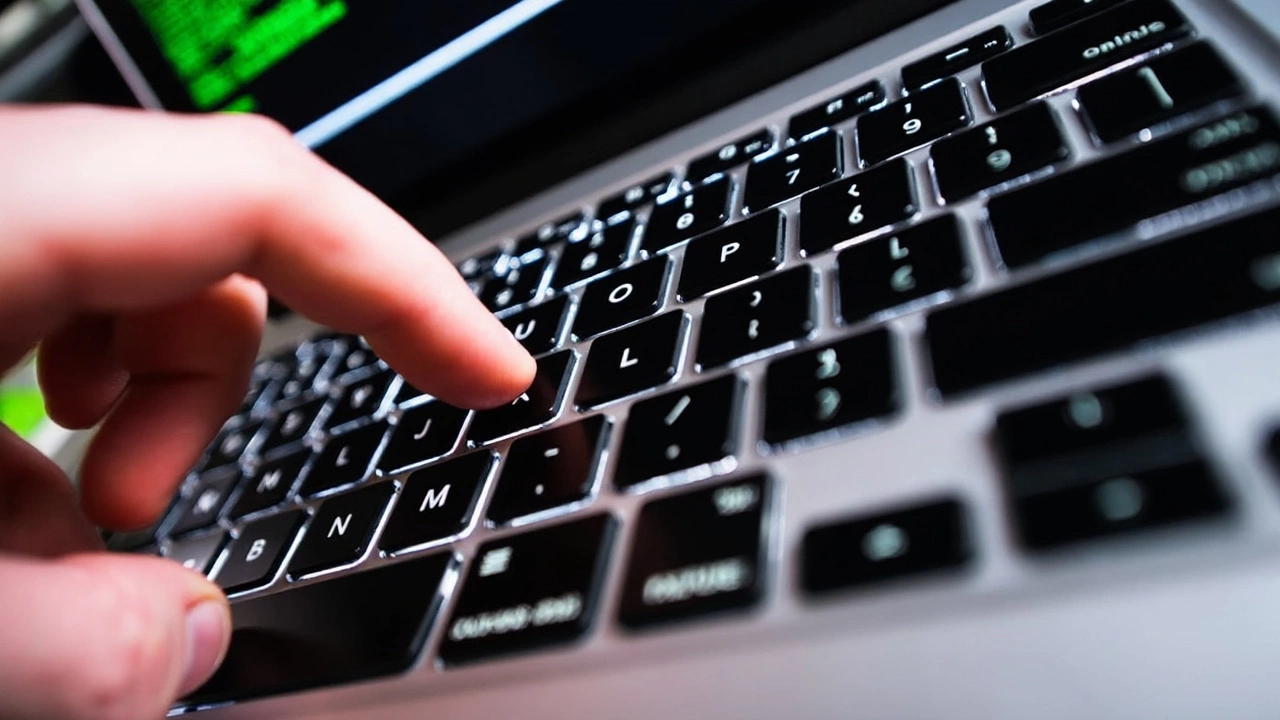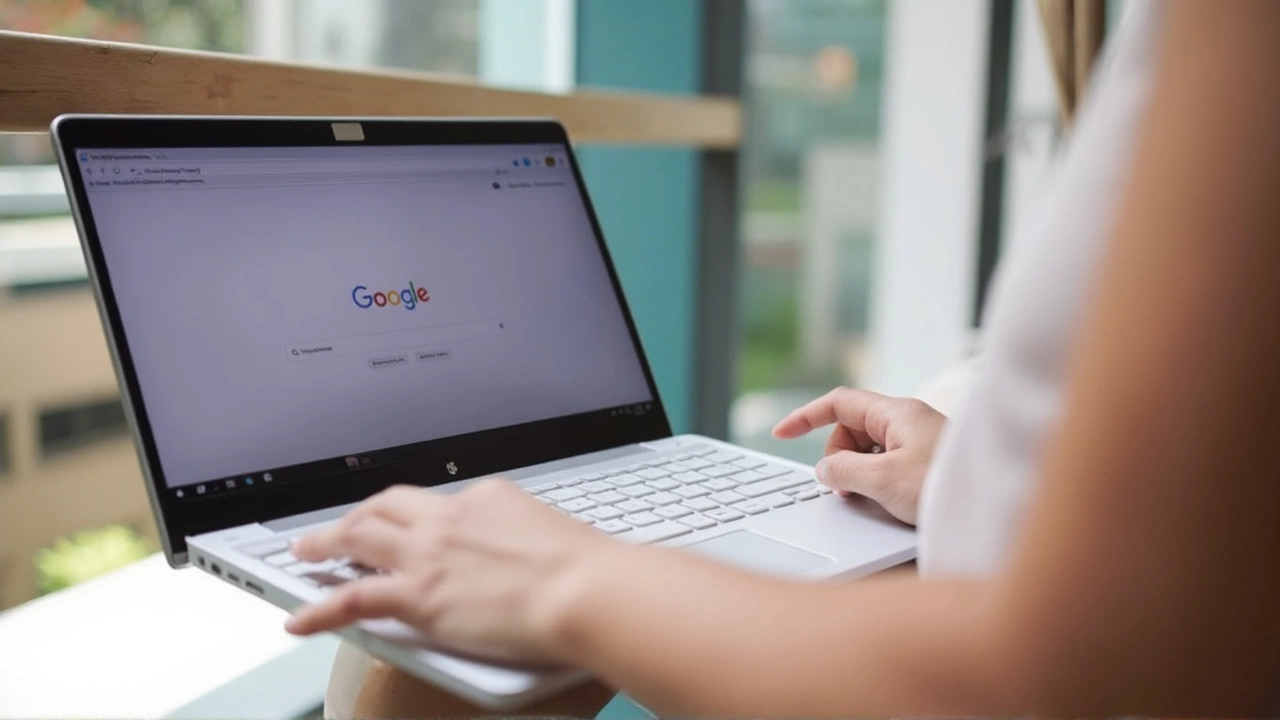Password Leak: What Happens and How to Protect Yourself
Ever get an email saying your password was exposed? That’s a password leak. It means your login details showed up in a public dump or were sold online. Hackers can then try them on other sites, hoping you reuse passwords. The result? Stolen data, blocked accounts, and a lot of hassle.
How a Password Leak Happens
Most leaks start with a weak spot in a company’s security. A server gets hacked, a backup file isn’t encrypted, or an employee clicks a fake link. Once the data is out, it ends up on shady forums or the dark web. Your email address and password often travel together, making it easy for criminals to run automated attacks.
Even big brands can suffer. Remember the massive breach that exposed millions of usernames and passwords? That wasn’t a one‑off event. It happens regularly because many sites still store passwords in plain text or use outdated hashing methods.
What’s worse, many people reuse the same password across services. If one site gets compromised, every other account using that password is at risk. That’s why a single leak can snowball into a cascade of compromised accounts.
Steps to Secure Your Accounts
First, check if your credentials have been leaked. Websites like Have I Been Pwned let you search your email for free. If you see a match, change the password right away.
Next, enable two‑factor authentication (2FA) wherever possible. A code sent to your phone or an authenticator app adds a second barrier that hackers can’t bypass with just a password.
Make each password unique. A password manager can generate strong, random strings and remember them for you. This way you never have to think about a complicated password again.
Regularly update passwords for important accounts—email, banking, and social media. Even if a site says you don’t need to, changing it every few months reduces the chance of long‑term abuse.
If you suspect a breach, log out of all devices and sessions. Most services have a “log out everywhere” option. This forces any attacker to re‑authenticate, buying you time to reset security settings.
Finally, stay alert for suspicious activity. Unexpected password reset emails, unfamiliar login locations, or sudden account lockouts often signal a leak. Acting fast can stop further damage.Password leaks are scary, but they’re also preventable with a few simple habits. Keep passwords unique, use 2FA, and monitor breach alerts. Your online life stays safer when you treat each login like a vault key—don’t hand out copies unless you have to.

Over 16 billion passwords tied to platforms like Apple, Google, Facebook, and others have been leaked in a record-smashing data breach. The exposed datasets put billions at risk of scams, fraud, and hacks. Experts urge everyone to update passwords, use two-factor authentication, and stay alert to suspicious activity.
Continue Reading

A giant trove of 16 billion leaked passwords from tech giants has surfaced, sparking fears about phishing and account hacks. Companies say no new breaches happened, but experts warn reused passwords in the cache still put millions at risk.
Continue Reading

A staggering 16 billion passwords have been leaked in a historic data breach, affecting accounts from Google, Facebook, Apple, and other major platforms. The stolen data, gathered by infostealer malware, spans everything from email to government systems. Experts warn of likely phishing and credential-stuffing attacks.
Continue Reading







